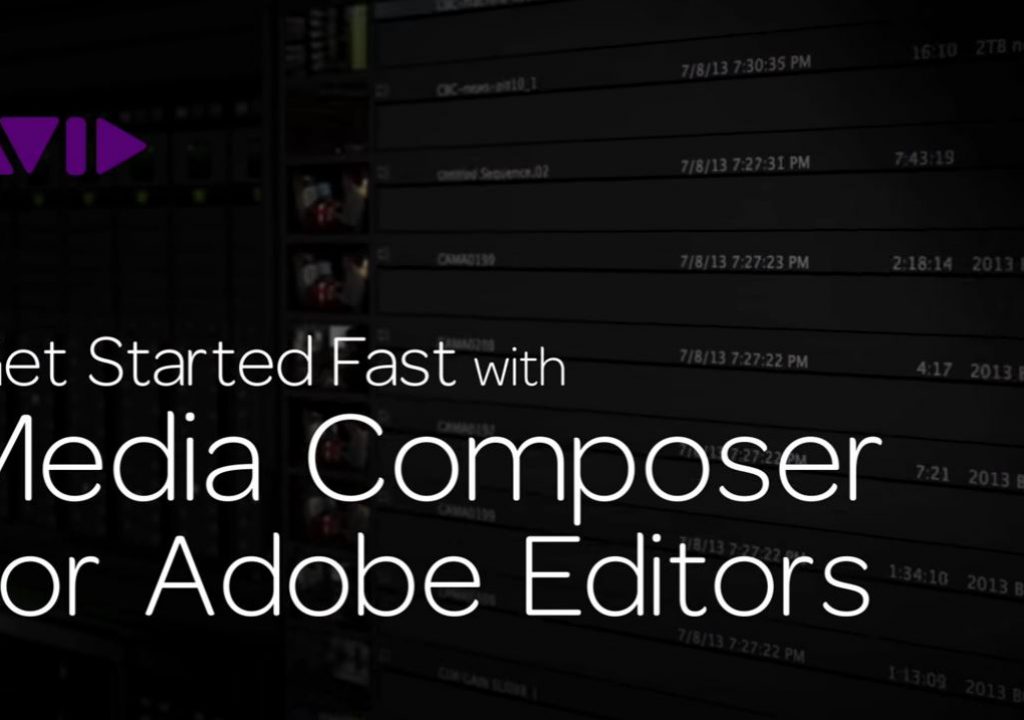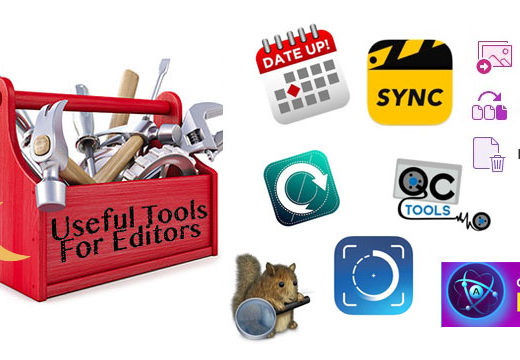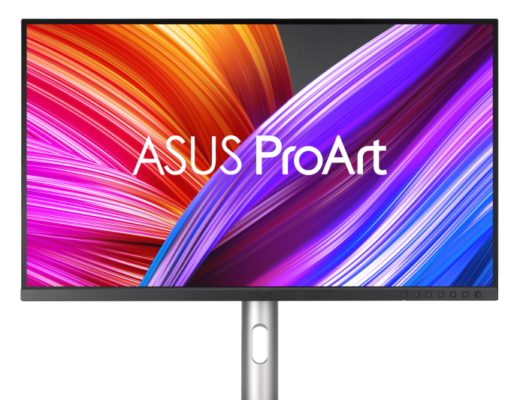This tutorial series is designed for Premiere Editors to get a quick look at the important, fundamental differences in Avid Media Composer, so they can get up to speed editing quickly!
Other than exporting, acquiring media is probably the single biggest problem that editors run into when getting up and running with Media Composer. Many people are confused, not necessarily by the actual process of getting media into Media Composer, but more so what is considered a “supported” or native codec, and if you’re working with that type of media, how to get it into Media Composer quickly, and without re-compressing it. Now, something that’s exceptionally important that I point out is that many people are still under the incorrect impression that you can’t just link to your media, much like you do in Premiere, and start editing right away. You can do this if you want to, but what’s important to keep in mind is that one of Media Composers biggest strengths is it’s media management capabilities, when it comes to taking your media (QuickTime, JPEG, etc), and converting it into MXF media, whether it’s being transcoded (recompressed) or consolidated (re-wrapped). So now, with all the talk of “supported codecs”, which ones are actually supported.
- ARRIRAW (shot with the DNxHD codec)
- AVC-Intra 50/100
- CINE – Phantom
- DVC PRO (SD/HD) – DV 25/50/100
- GFCam (Ikegami) – MPEG-2 (HD/SD) and DV 25 (411/420)
- MXF – Anything shot/recorded in DNxHD
- QuickTime – DV 25 411, ProRes (422, 422HQ, 422LT, Proxy, 444 – both Mac & Windows), AVC-Intro HD (H264), DV PAL 420, DV NTSC 411, DV 50/100 (both SD/HD), DVC PRO 50 (SD), MPEG-2 I-Frame (SD), MP4 (4K), XDCAM HD (standard and 422), All DNxHD codecs
- XAVC (standard, Intra HD and Long), XDCAM (Standard/EX/HD/Proxy/EX)
- XAVC-L (supported as of version 8.7)
- XF (Canon – HD)
- AVI
- DPX
- MPEG-2 Long-GOP (HDV/OP-1A)
- MXF (formats too many to mention)
- Windows Media (Win VC1 only)
I did a write up a while ago on codecs, specifically in Media Composer that you can check out here. Anyways, this tutorial for Premiere Editors will help you wrap your head around what to do once you have your media inside of Media Composer AND, we also cover working in larger than HD projects, and ways that you can make sure that you get the absolute best performance out of Media Composer, no matter the system you’re working on (laptop vs desktop). Coming up in Lesson 3, we’re going to talk about Media Management, so you can figure out what Media Composer has exactly done with your media, so whether you need to delete or archive a project, you’ll always have control of your media, right at your fingertips. Enjoy!

Filmtools
Filmmakers go-to destination for pre-production, production & post production equipment!
Shop Now













